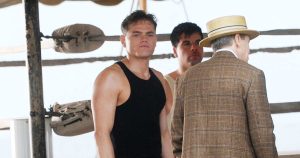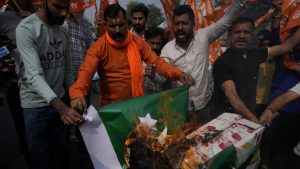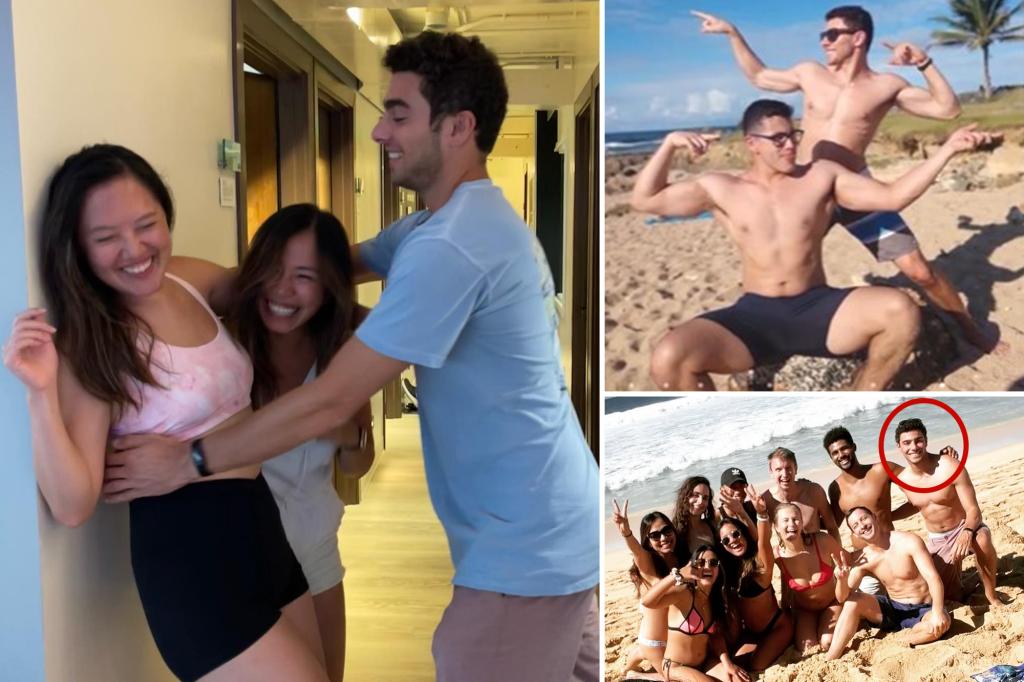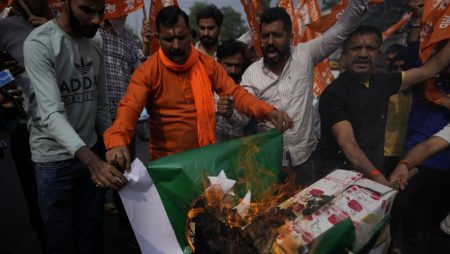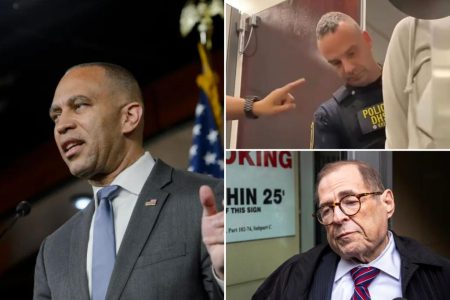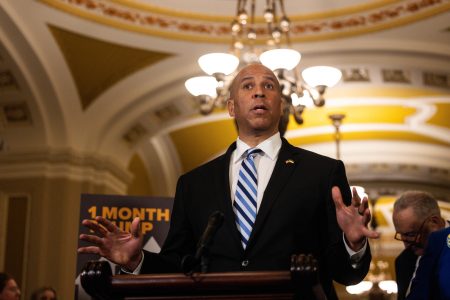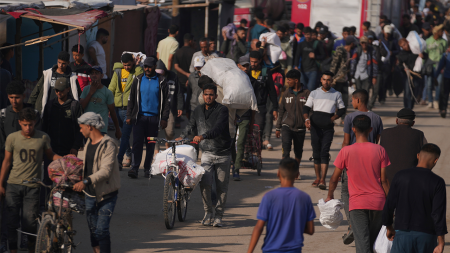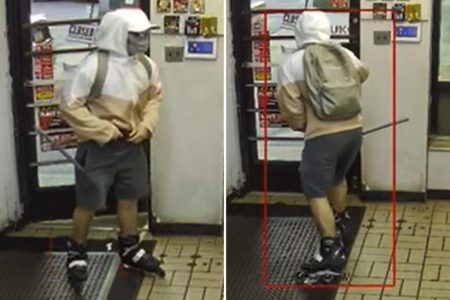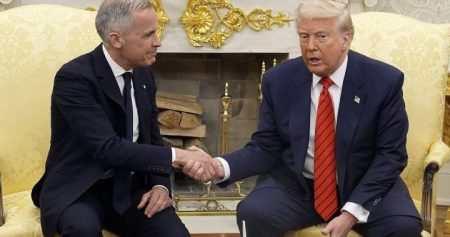Luigi Mangione, a 26-year-old computer engineer from a privileged background, led a seemingly idyllic life in Hawaii before allegedly committing a cold-blooded murder. Residing in a Honolulu co-living space near Waikiki, Mangione spent his days surfing, hiking, and socializing with friends. Photos from this period depict a carefree young man enjoying the company of others, with no outward signs of the darkness that would later consume him. He actively participated in social activities, even starting a book club, and was remembered by acquaintances as well-liked and sociable. However, beneath the surface of this seemingly perfect existence, a debilitating back injury was slowly unraveling his life.
Mangione’s back problems began before his time in Hawaii, but worsened after a surfing lesson. The injury, described as a misalignment of his lower vertebrae that pinched a nerve, caused him chronic pain and limited his mobility. He sought relief through yoga and medical consultations, but his condition continued to deteriorate. The pain not only impacted his physical well-being, but also affected his mental state and social life. He reportedly felt unable to pursue romantic relationships due to his physical limitations, adding to his growing sense of isolation and frustration. This period marked a turning point, as Mangione’s focus shifted from enjoying life in Hawaii to grappling with his worsening health.
Forced to quit his remote work as a data engineer, Mangione dedicated his time to seeking treatment and exploring ways to manage his pain. He delved into literature on chronic pain and the medical industry, his reading list including titles that questioned conventional medical practices and highlighted the potential for exploitation within the healthcare system. While in Hawaii, he also connected with a yoga instructor who attempted to help him manage his pain through specific exercises. Despite these efforts, his condition remained a constant source of distress. This intense focus on his health and increasing disillusionment with the medical industry appear to have contributed to his growing resentment and radicalization.
Mangione’s descent into darkness continued as he immersed himself in literature that fueled his distrust of the medical establishment and corporate greed. He even expressed admiration for the Unabomber, Ted Kaczynski, praising his manifesto in an online review. This radicalization coincided with an increasing withdrawal from his social circle. He became unresponsive to messages from friends and family, disappearing from their lives without explanation. This period of isolation likely allowed his resentment and extremist views to fester unchecked, ultimately leading to the tragic events that would follow.
The culmination of Mangione’s physical and emotional struggles manifested in the shocking murder of UnitedHealthcare CEO Brian Thompson. After a period of silence and unknown whereabouts, Mangione resurfaced in New York City, having traveled across the country on a Greyhound bus. Armed with a 3D-printed ghost gun, he allegedly targeted Thompson, driven by a perceived connection between his personal suffering and the healthcare industry. His arrest at a Pennsylvania McDonald’s, followed by the discovery of a manifesto railing against “parasitic” health insurance companies, revealed the extent of his anger and disillusionment. The contrast between his earlier life in Hawaii and his violent act underscores the profound impact his health struggles and subsequent radicalization had on his psyche.
The story of Luigi Mangione is a tragic illustration of the devastating consequences of untreated physical and mental health issues compounded by a growing sense of isolation and exposure to extremist ideologies. His journey from a vibrant young man enjoying life in paradise to an accused murderer highlights the complex interplay of personal struggles and societal influences. While the reasons behind his drastic transformation remain partially shrouded in mystery, his story serves as a stark reminder of the importance of seeking help for both physical and mental health challenges and the dangers of unchecked anger and resentment. The stark contrast between his earlier life in Hawaii and the violent act he allegedly committed serves as a cautionary tale about the potential for even seemingly well-adjusted individuals to succumb to destructive impulses when faced with overwhelming personal struggles.
